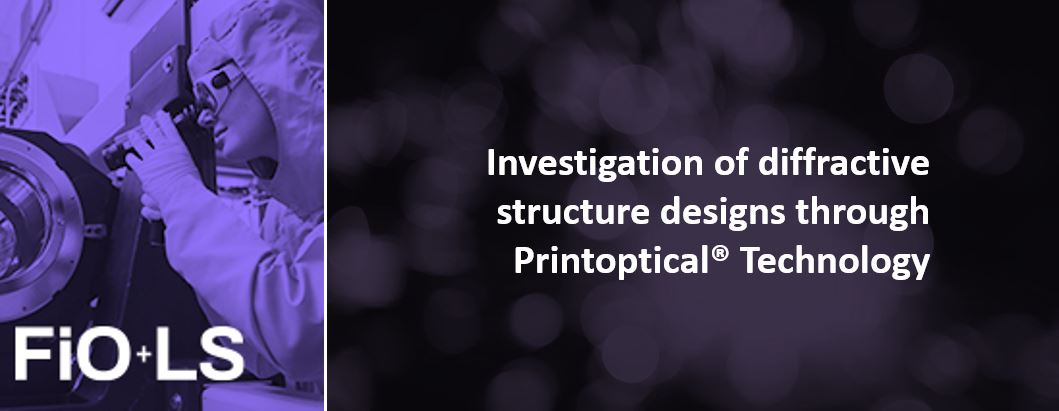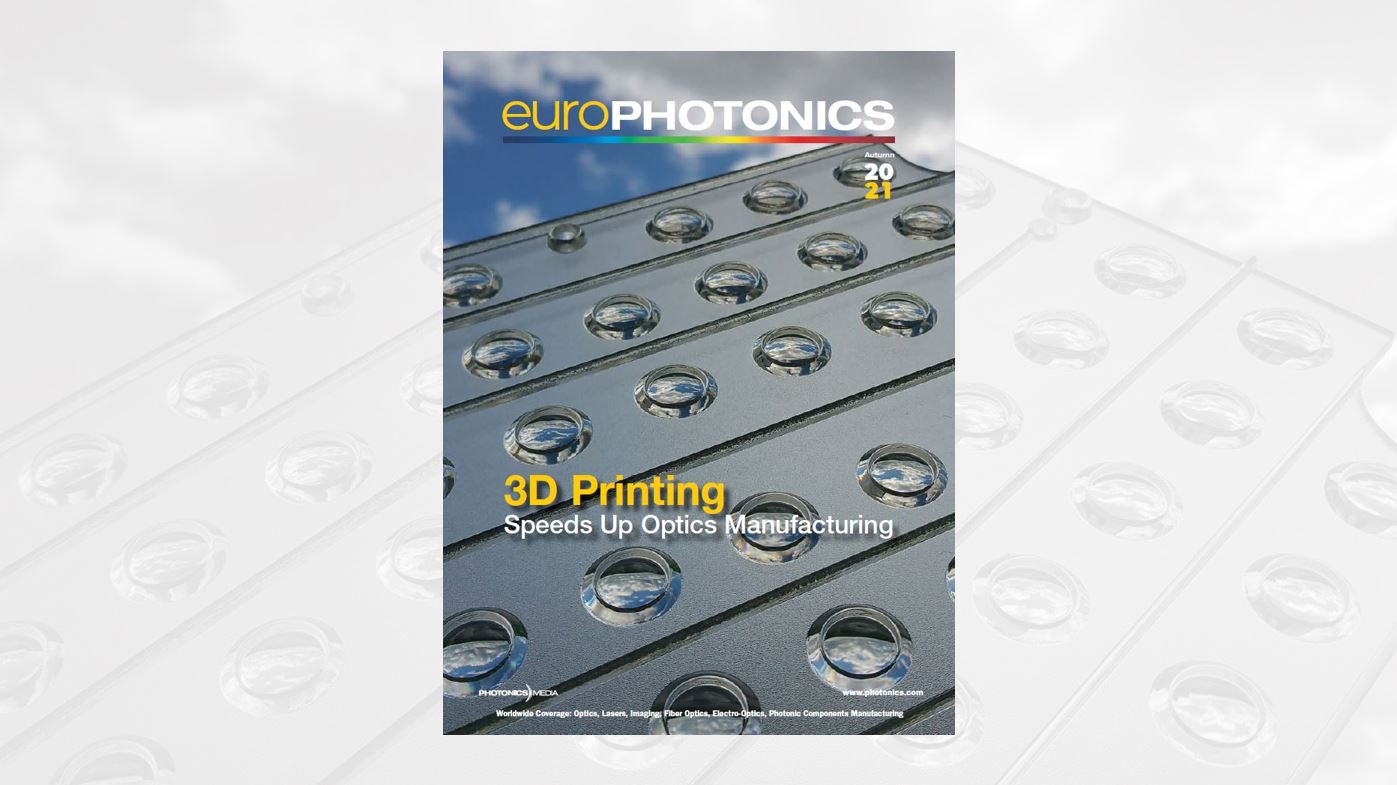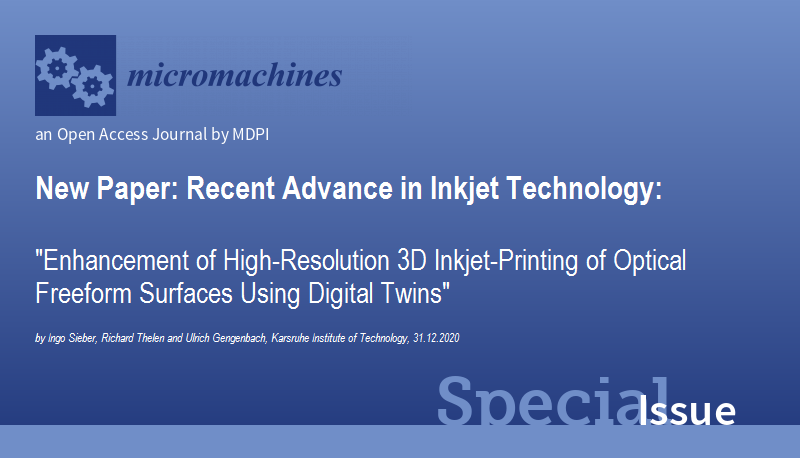Recent Progress in Biomimetic Additive Manufacturing Technology: From Materials to Functional Structures
Nature has developed high-performance materials and structures and provides valuable sources of inspiration for the design of next-generation structural materials, given the variety of excellent mechanical, hydrodynamic, optical, and electrical properties. Biomimicry, by learning from nature’s concepts and design principles, is driving a paradigm shift in modern materials science and technology. However, the complicated structural architectures in nature far exceed the capability of traditional design and fabrication technologies, which hinders the progress of biomimetic study and its usage in engineering systems.
Additive Optics Fabrication and Biomimicry
Additive manufacturing (three-dimensional printing) has created new opportunities for manipulating and mimicking the intrinsically multiscale, multimaterial, and multifunctional structures in nature. Here, an overview of recent developments in 3D printing of biomimetic reinforced mechanics, shape changing, and hydrodynamic structures, as well as optical and electrical devices is provided by the University of Southern California.
Inspired by Nature
The inspirations are from various creatures such as nacre, lobster claw, pine cone, flowers, octopus, butterfly wing, fly eye, etc., and various 3D printing technologies are discussed. Future opportunities for the development of biomimetic 3D printing technology to fabricate next-generation functional materials and structures in mechanical, electrical, optical, and biomedical engineering are also outlined.
The review paper is online available via the Wiley Online Library, or just read your digital copy here.
Here are some of our stunning examples from our blog, by the way, of ‘Printed Optics Inspired by Nature!






![3D printen een van de 5 trends in de kunststoffenindustrie [NL]](https://www.luximprint.com/wp-content/uploads/2021/09/Luximprint_3D-Print-Magazine_Article-Kunststoffenbeurs-2021.jpg)











